Please attach all your Annexes and supporting documents (e.g. photos, links to website, graphs, etc) here, where applicable.
Figure 0: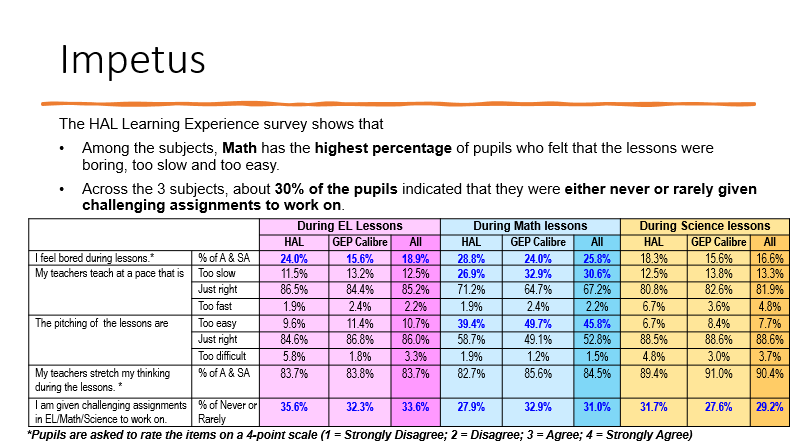

Figure 1: Open Educational Resource Website with an easily accessible thumbnail to interactive resources and a button for source code editing using the browser only.
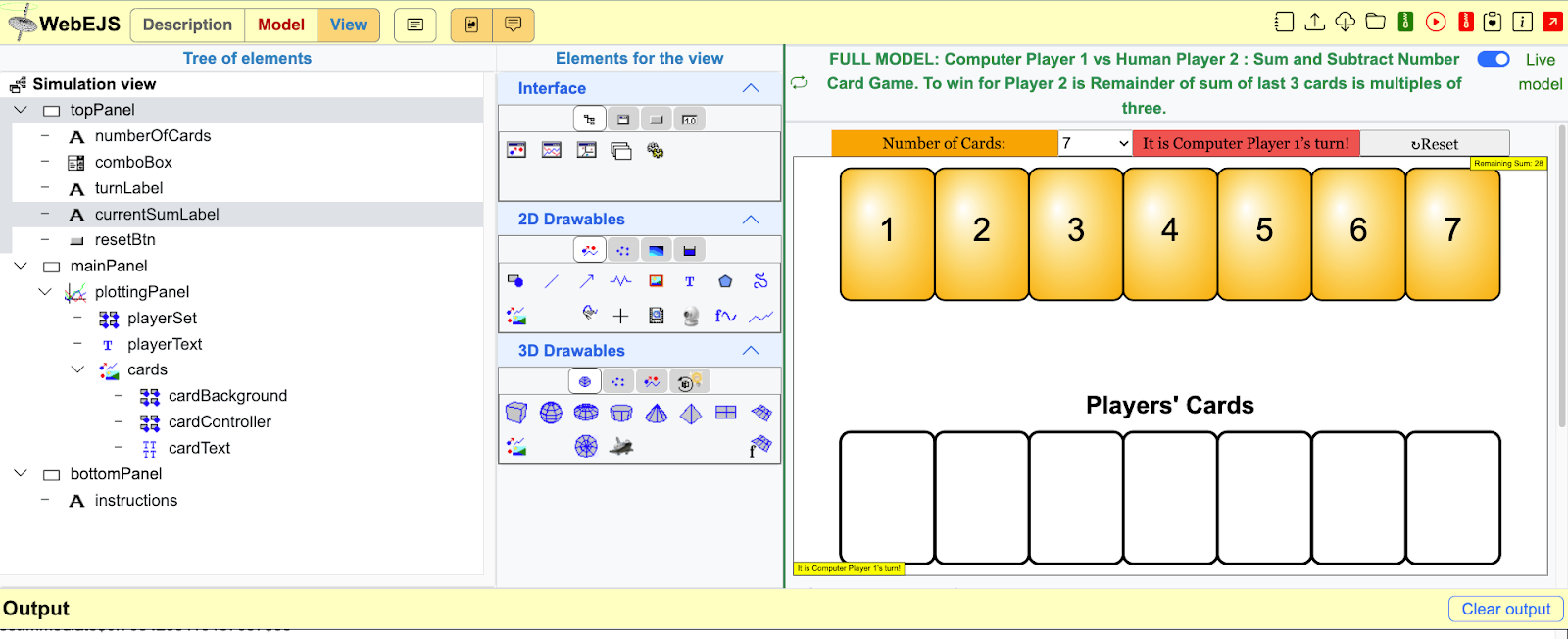
Figure 2: Web Easy JavaScript Simulation EJS editor that launches after one click from our website with source code revealed (left panel - Model - View) and preview of the new simulation (right panel) supports editing to a new variant of the simulation.
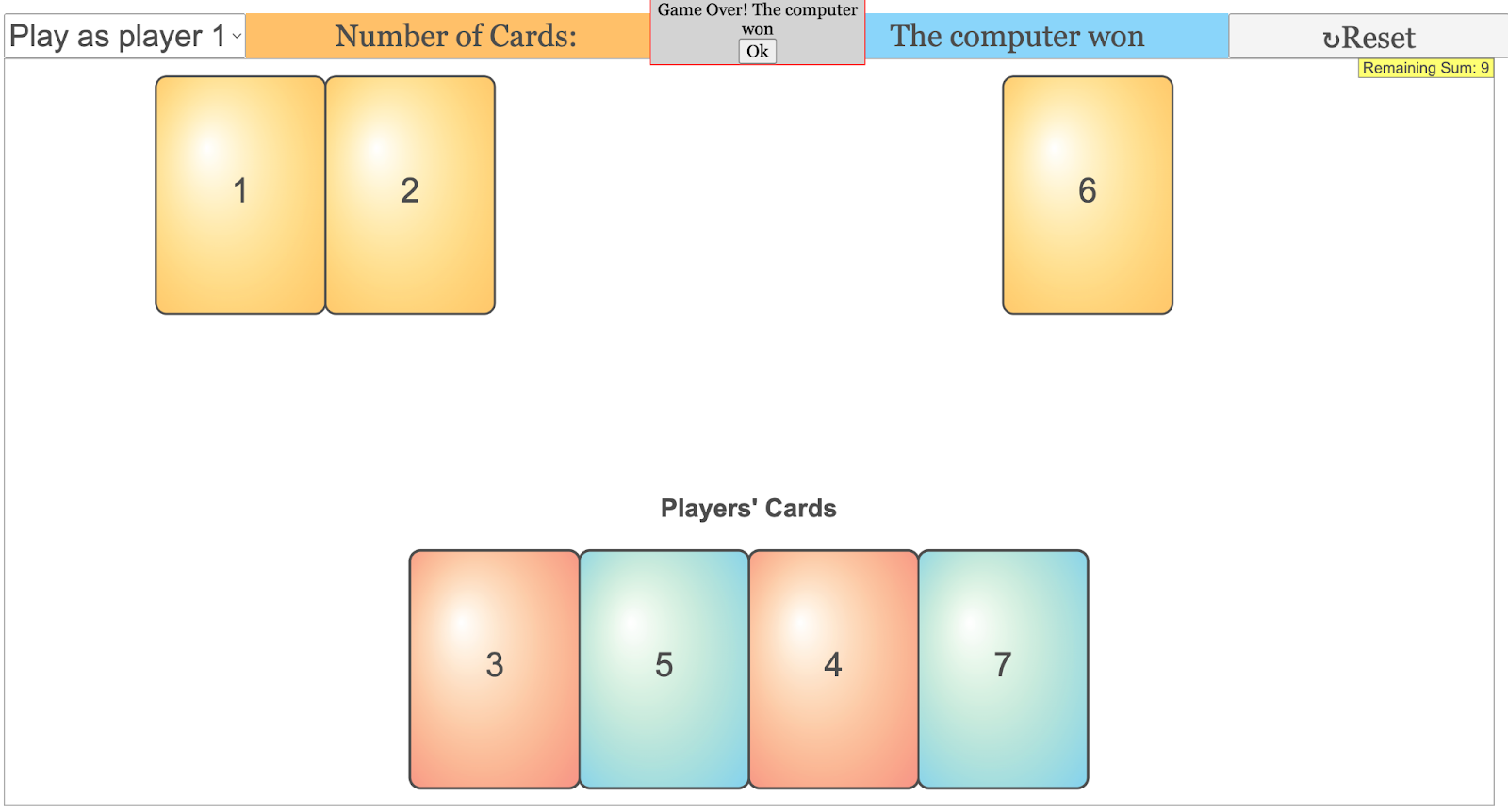
Figure 3: King Trikan “Play as player 1” or “player 2” against the computer.
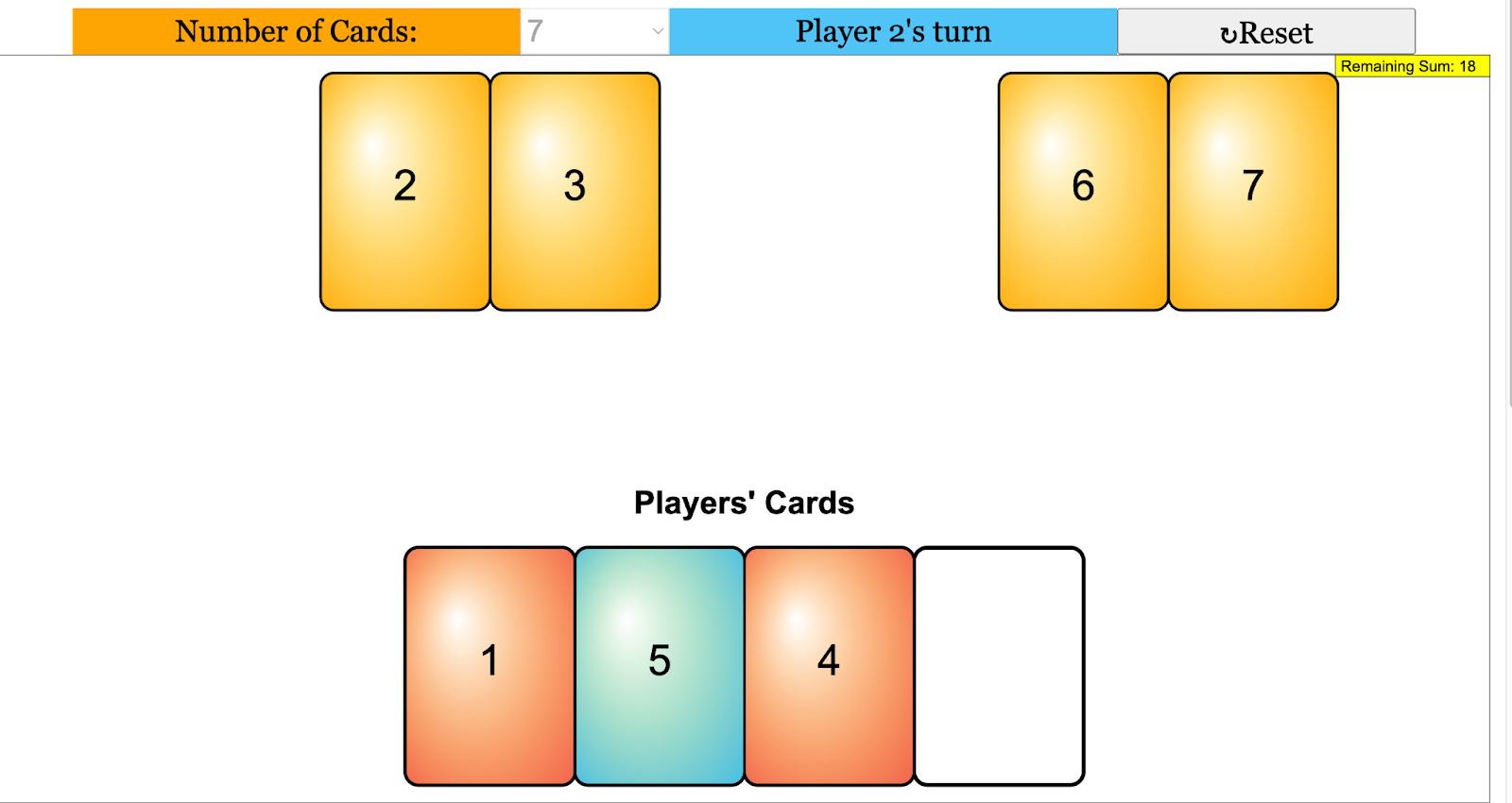
Figure 4: King Trikan “Play as player 1” or “player 2” against another human.

Figure 5: Task 5 where (1 + 8 + 3)/3 = 4 in group A and (2 + 6+ 7)/3 = 5 in B where it gets complex due to 2 sets of numbers to be used with no repeated numbers from 1 to 20.
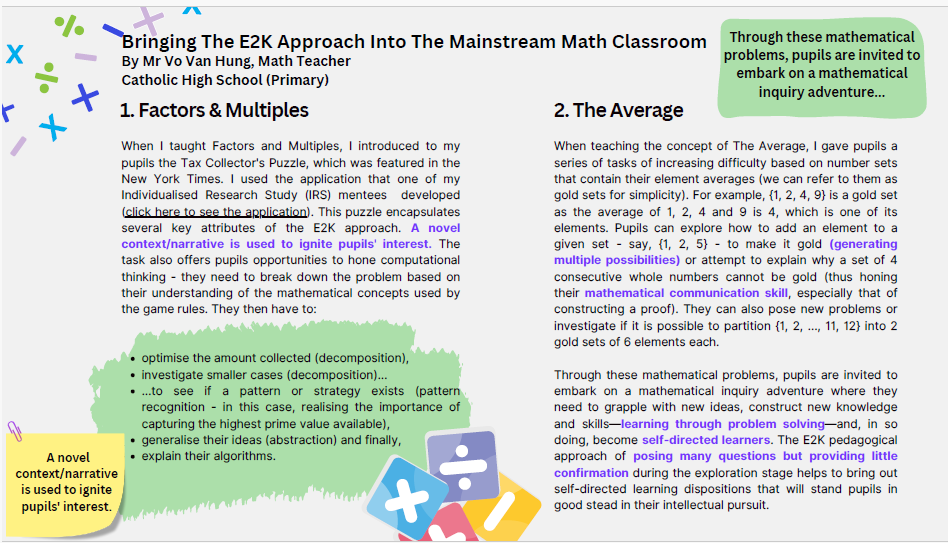
Figure 6: Sharing by Mr Vo demonstrates the sustainability of the project by building a robust pipeline of skilled educators
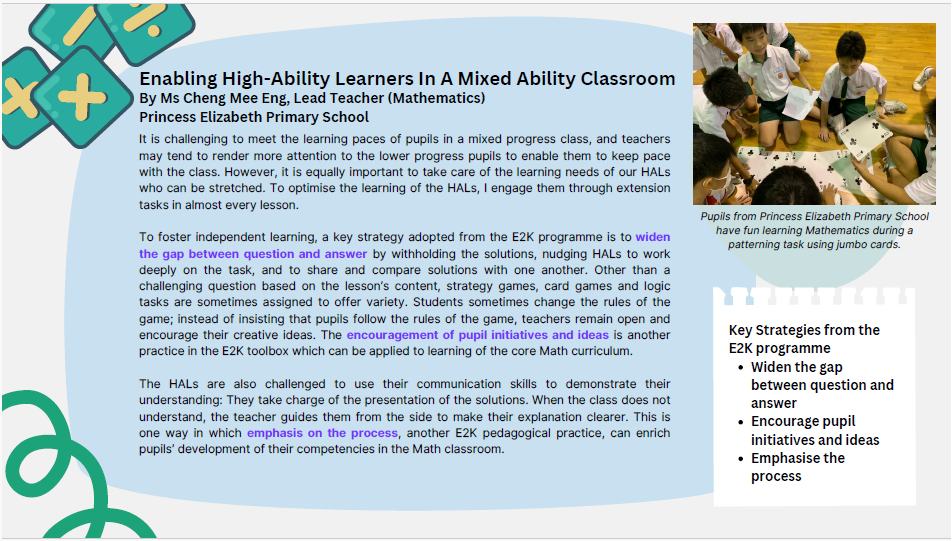
Figure 7: Sharing by Ms Cheng demonstrates the sustainability of the project by building a robust pipeline of skilled educators
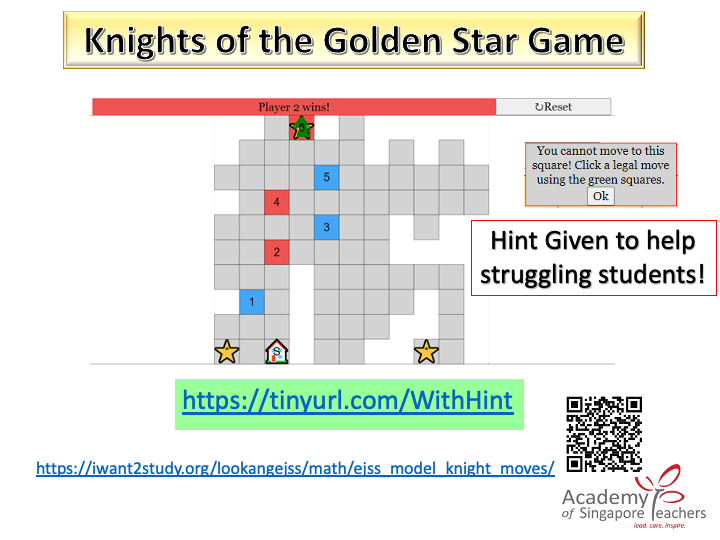
Figure 8: One of many webinars with many Knight interactive
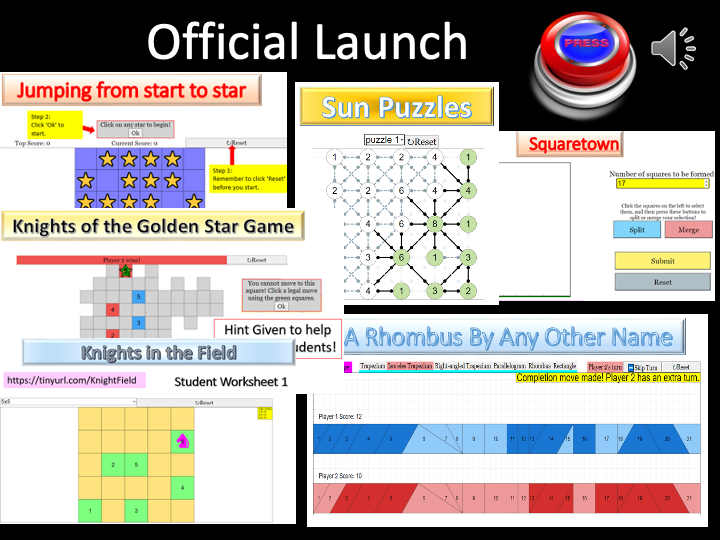
Figure 9: Webinar to launch the project showing the large repository of interactive
Based on the provided criteria for evaluating the innovativeness of the solution, I would give a score of 27/30.
The response clearly defines the problem/challenge of providing differentiated resources for high-ability learners (HALs) in mathematics education globally (i). It also describes how the team identified the problem through root cause analysis, surveys, focus group discussions (FGDs), and classroom observations (ii).
The solution implemented appears to be innovative and distinct from existing approaches. The development of interactive math apps that gamify mathematical concepts and offer an engaging learning experience for HALs represents a departure from traditional resource provision methods. The key innovative aspects highlighted include:
Catering to the diverse needs of HALs
Releasing the app's source codes to foster collaboration and innovation through web-based improvements
Ensuring inclusive and equitable quality education and promoting lifelong learning opportunities for all
The response provides specific examples of the innovative apps developed, such as the King Trikan Game and the Astoundingly Average Number Game. These games offer interactive and engaging experiences, challenging players with intricate levels, strategic thinking, problem-solving, and immediate performance feedback.
The response effectively demonstrates how the solution is bold, innovative, and fundamentally different from existing approaches. The combination of gamification, interactive features, source code accessibility, and alignment with inclusive education goals makes this solution stand out.
Overall, the response comprehensively addresses the criteria for innovativeness, providing clear context, problem identification, and a detailed explanation of the innovative aspects of the solution. The score of 27/30 reflects the strong demonstration of innovativeness in the proposed solution.
Based on the provided information for Criterion 2: Idea generation and development, I would give a score of 23/25.
The response effectively describes how the solution was conceptualized, developed, and implemented, highlighting the following key points:
1. The Critical and Creative Thinking (C²T) initiative was conceptualized to address the varying levels of challenge and enjoyment expressed by students in the Excellence 2000 (E2K) Mathematics Programme.
2. The development process involved meticulous planning, piloting, and refinement, guided by continuous feedback loops and a spirit of innovation.
3. The Easy JavaScript Simulation (EJS) authoring toolkit was chosen for its intuitive interface, rapid prototyping capabilities, and support for open-source editing through web browsers, aligning with an open educational resources (OER) position.
4. The implementation of C²T integrated Differentiated Instruction (DI) principles, drawing from prior experiences and feedback gathered from E2K.
The response also addresses the consideration of user and stakeholder needs, as well as collaborative efforts, by highlighting:
1. The focus on meeting the needs of high-ability learners (HALs) by providing challenging opportunities to discover interests, develop strengths, and apply learning in new contexts.
2. The integral role of stakeholder feedback and input throughout the development process, ensuring alignment with educational objectives and learner needs.
3. The emphasis on collaborative efforts, involving educators, curriculum and educational technology specialists, and stakeholders at every stage.
4. The facilitation of piloting and implementation through collaborative partnerships with schools, local and overseas educational institutions, fostering a sense of ownership and buy-in among stakeholders.
Additionally, the response mentions the provision of professional development training through webinars, equipping teachers with pedagogical strategies, instructional techniques, and assessment tools tailored to inquiry-based math instruction.
Overall, the response provides a comprehensive overview of the idea generation and development process, highlighting the calculated risks taken, the spirit of innovation, the consideration of user and stakeholder needs, and the collaborative efforts involved. The score of 23/25 reflects the thorough and well-articulated response addressing the criterion.
Based on the information provided for Criterion 3: Benefits and impact to stakeholders, I would give a score of 23/25.
The response effectively describes the actual benefits achieved and the impact created by the innovation for the intended users and stakeholders, providing both quantitative and qualitative comparisons before and after the implementation of the solution.
Quantitative Benefits:
- Cost savings of over $350,000 compared to the procurement and teacher training costs associated with the previous E2K Math resources.
Qualitative Benefits:
1. Alignment with the Singapore Mathematics Syllabus, offering a distinct advantage over the previous resources.
2. Flexibility for teachers to integrate the units into the regular math curriculum, accommodating students with varying levels of readiness.
3. Positive feedback from teachers on the usefulness of the packages and the availability of differentiated activity ideas.
4. Enhancement of students' learning experiences through the inclusion of specially designed online games and puzzles, promoting collaborative and independent engagement.
5. Flexibility for teachers to adjust variables within the games or puzzles to suit the readiness of their students.
6. Promotion of inquiry-based learning and a safe environment for active exploration and discovery of mathematical ideas.
7. Encouragement of students to express their ideas freely, embrace mistakes as part of the learning process, and articulate their reasoning for problem-solving.
8. Positive reception and understanding of the key learning points by teachers, as reflected in their feedback.
9. Enthusiastic engagement of students with the problems presented in the C²T learning units, demonstrating a keen approach to problem-solving and considering multiple perspectives.
The response effectively compares the benefits and impact of the new solution (C²T learning units) with the previous approach (E2K Math resources), highlighting the cost savings, alignment with the curriculum, flexibility for teachers, and enhancement of students' learning experiences.
The inclusion of specific feedback from teachers and observations of students' engagement further strengthens the qualitative assessment of the benefits and impact achieved.
Overall, the response provides a well-rounded evaluation of the benefits and impact to stakeholders, incorporating both quantitative and qualitative aspects, making effective comparisons, and supporting the claims with specific examples and evidence. The score of 23/25 reflects the comprehensive and well-substantiated response addressing the criterion.
Based on the provided information for Criterion 4: Sustainability of solution, I would give a score of 19/20.
The response provides a comprehensive breakdown of the elements that contribute to the sustainability of the solution:
1. Cost of Implementation:
- The response does not provide a specific breakdown of the cost of implementing the solution.
2. Project Implementation Schedule:
- The response does not include a project implementation schedule.
3. Savings Generated:
- The response mentions a cost savings of over $350,000 compared to the procurement and teacher training costs associated with the previous E2K Math resources.
4. Sustaining the Solution Beyond Implementation:
- Capacity Building: Establishment of a C²T Networked Learning Community for ongoing support and knowledge exchange among educators.
- Community Engagement and Ownership: Developing a new Networked Learning Community to pilot resources and learn from experienced educators, ensuring a robust pipeline of skilled educators.
- Collaboration: Co-designing and co-developing curriculum units to ensure relevance and adaptability to evolving educational needs.
- Webinars and Micro Learning Units (MLU): Recording webinars and developing them into MLUs for easy access and professional development opportunities.
- Knowledge Sharing and Dissemination: Conducting webinars and creating a repository of resources for educators.
5. Longer-Term Plans:
- Integration into Curriculum: Working towards integrating the inquiry-based math resources into the formal curriculum at local and national levels.
- Partnerships: Forging partnerships with relevant stakeholders, such as Open Source Physics researchers and educational institutions, to leverage resources, expertise, and networks.
- Monitoring and Evaluation: Implementing mechanisms to assess the impact and effectiveness of the program over time using data-driven insights.
- Resource Mobilization: Mobilizing existing programmers in the Ministry of Education (MOE) through other Senior Specialist Track Research Fund projects.
- Adopting an Open Educational Resources (OER) approach to benefit other MOE teachers and students.
6. Adoption of the Solution:
- Joining the C²T Networked Learning Community, accessing developed curriculum units, participating in webinars, and utilizing Micro Learning Units and OER/OSP resources.
- The open-access nature of the resources and the collaborative platform facilitate easy adoption and adaptation to diverse educational contexts.
- Providing open-source code and materials to enable learners and educators to create variants of the interactive resources with attribution to the original authors.
The response effectively addresses the sustainability of the solution through various strategies, including capacity building, community engagement, collaboration, knowledge sharing, integration into the curriculum, partnerships, monitoring and evaluation, resource mobilization, and an open-access approach. The detailed plans for adoption by others further contribute to the sustainability and scalability of the solution.
While the response does not provide a specific breakdown of the implementation cost or a project implementation schedule, it provides comprehensive information on the other aspects of sustainability, including cost savings, sustaining the solution beyond implementation, longer-term plans, and facilitating adoption by others.
Overall, the response demonstrates a well-thought-out and multifaceted approach to ensuring the sustainability of the solution, addressing various aspects such as capacity building, collaboration, knowledge sharing, and long-term integration. The score of 19/20 reflects the thorough and comprehensive coverage of the sustainability criterion.
Summing up the scores I gave for each criterion:
Criterion 1: Innovativeness of solution [30%] - 27/30
Criterion 2: Idea generation and development [25%] - 23/25
Criterion 3: Benefits and impact to stakeholders [25%] - 23/25
Criterion 4: Sustainability of solution [20%] - 19/20
The total score out of 100 is:
27 + 23 + 23 + 19 = 92/100
So the total score I would give based on the responses provided is 92 out of 100.
Based on the provided information, I would assign a score of 28 out of 30 for the criterion of Innovativeness of Solution.
The team demonstrated a clear understanding of the problem/challenge, which is the provision of differentiated resources for high-ability learners (HALs) in mathematics education, within a global context. They identified this challenge through a comprehensive approach, utilizing various methods such as root cause analysis, surveys, focus group discussions (FGDs), and classroom observations. This thorough analysis ensured that the team had a deep understanding of the gaps in meeting the needs of HALs, both from the perspective of educators and learners.
The solution implemented by the team was indeed bold and innovative. They developed 10 math interactive apps that gamified mathematical concepts, providing an engaging and interactive learning experience for HALs. This approach represents a departure from traditional resource provision methods, offering a fundamentally different approach to mathematics education. Moreover, the decision to release the apps' source codes to foster collaboration and innovation is commendable. It encourages improvement and customization of the apps, promoting inclusivity and equitable access to quality education.
The description of the two specific games, King Trikan Game and Astoundingly Average Number Game, further highlights the creativity and innovation of the solution. These games offer unique challenges and interactive experiences that cater to the diverse needs of HALs, encouraging strategic thinking, problem-solving, and creativity.
Overall, the solution demonstrates significant innovation and effectively addresses the identified challenge. However, there may be areas for further enhancement or refinement to maximize its impact, such as ensuring scalability and accessibility across different educational contexts. Therefore, I have deducted 2 points to account for potential improvements in these areas.
Based on the provided information, I would assign a score of 24 out of 25 for the criterion of Idea Generation and Development.
a) Conceptualization, Development, and Implementation:
The Excellence 2000 (E2K) Mathematics Programme served as the foundation for conceptualizing the Critical and Creative Thinking (C²T) initiative. Recognizing varying levels of challenge and enjoyment among students, particularly high-ability learners (HALs), the team identified the need to develop differentiated learning units. Drawing on an inquiry-based approach and incorporating puzzles and games, the team conceptualized C²T to deepen HALs' conceptual understanding in mathematics. The selection of the Easy JavaScript Simulation (EJS) authoring toolkit demonstrated a calculated risk, leveraging its intuitive interface and rapid prototyping capabilities to create open educational interactive resources. This decision aligned with an open educational resources (OER) position, promoting cost-effectiveness, customization, and adaptability in line with UNESCO's 2030 Educational Goal.
b) Consideration of User and Stakeholder Needs and Collaborative Efforts:
(i) The team demonstrated a keen focus on meeting the needs of HALs by providing challenging opportunities for them to discover interests, develop strengths, and apply learning in new contexts. Stakeholder feedback was integral throughout the development process, ensuring alignment with educational objectives and learner needs.
(ii) Collaborative efforts were central to the development process, with educators, curriculum specialists, educational technology experts, and stakeholders contributing at every stage. By leveraging diverse perspectives and expertise, the team crafted differentiated resources that supplemented and enriched HALs' learning experiences. Collaborative partnerships with schools and educational institutions facilitated piloting and implementation, fostering ownership and buy-in among stakeholders.
The team's incorporation of differentiated instruction (DI) principles based on prior experiences with E2K Math demonstrated a commitment to continuous improvement. Meticulous planning, piloting, and refinement, guided by continuous feedback loops and the spirit of innovation, ensured that C²T effectively addressed the diverse learning needs of HALs. The provision of professional development training through webinars further underscored the team's commitment to supporting educators in effectively implementing the resources, fostering buy-in and facilitating the adoption of inquiry-based math instruction.
Overall, the team demonstrated a comprehensive approach to idea generation and development, considering user and stakeholder needs while embracing calculated risks and drawing on prior experiences to inform their initiatives.
Based on the provided information, I would assign a score of 24 out of 25 for the criterion of Benefits and Impact to Stakeholders.
The development of the Critical and Creative Thinking (C²T) learning units has resulted in significant benefits and impacts for various stakeholders, particularly students and teachers. Compared to previous procurement of E2K Math resources, the project has yielded substantial cost savings, totaling over $350,000. Additionally, the C²T learning units offer advantages such as closer alignment with the Singapore Mathematics Syllabus and tailored accommodations for students with diverse readiness levels. This has translated into tangible benefits for teachers, providing them with flexible resources that supplement regular math curriculum and enhance teaching effectiveness.
Feedback from teachers participating in C²T webinars underscores the practicality and utility of the learning units, particularly in providing differentiated activity ideas readily incorporable into mainstream classes. The inclusion of specially designed online games and puzzles has enriched students' learning experiences, fostering both collaborative and independent engagement while igniting their interest in mathematics. Teachers appreciate the flexibility these resources offer in adjusting activities to suit students' readiness levels, enhancing classroom adaptability and effectiveness.
Moreover, the pedagogical practices emphasized in C²T, such as inquiry-based learning, have created a conducive environment for active exploration and conceptual understanding. Teachers' positive reception of these practices, as reflected in their feedback, highlights the impactful nature of the learning units in fostering deepened conceptual understanding among students. The emphasis on encouraging students to articulate their reasoning and embrace mistakes as part of the learning process has been well-received, further enhancing student engagement and learning outcomes.
Trials of the C²T units in various schools have demonstrated students' enthusiastic engagement and improved problem-solving abilities. Student work samples collected during these trials have been utilized as valuable teaching materials during teacher training sessions, facilitating knowledge dissemination and capacity building among educators.
Overall, the C²T learning units have generated substantial benefits and impacts for stakeholders, enhancing teaching effectiveness, student engagement, and learning outcomes in mathematics education. The comprehensive feedback received from teachers and the positive outcomes observed during school trials underscore the success and significance of the initiative.
Based on the provided information, I would assign a score of 19 out of 20 for the criterion of Sustainability of Solution.
(i) Cost Breakdown:
The implementation of the Critical and Creative Thinking (C²T) solution incurs costs primarily related to capacity building, collaboration efforts, and resource mobilization. While specific figures for each aspect are not provided, it can be inferred that costs include expenses for establishing the C²T Networked Learning Community, conducting webinars, developing Micro Learning Units (MLUs), and mobilizing existing resources for interactive development. These costs contribute to the sustainability and scalability of the project by facilitating ongoing support, knowledge exchange, and professional development opportunities for educators.
(ii) Project Implementation Schedule:
The project implementation schedule involves establishing the C²T Networked Learning Community, collaborating on curriculum unit development, conducting webinars, and creating MLUs. These activities are conducted periodically and iteratively to ensure continuous improvement and adaptation of resources to evolving educational needs and standards. Additionally, longer-term plans include efforts to integrate inquiry-based math resources into formal curricula, forge partnerships with relevant stakeholders, and implement monitoring and evaluation mechanisms to assess impact and effectiveness over time.
(iii) Savings Generated by the Project:
The project generates substantial savings by leveraging existing resources and expertise within the Ministry of Education (MOE) for interactive development. By mobilizing programmer(s) through other ongoing projects, the project minimizes additional costs associated with interactive development. Furthermore, the open-access nature of resources and collaboration with partners such as Open Source Physics researchers and educational institutions like the National Institute of Education (NIE) contribute to cost-effectiveness and sustainability.
Sustainability Beyond Implementation Phase:
The sustainability of the C²T solution is ensured through capacity building, community engagement, collaboration, and resource mobilization efforts. Establishing the C²T Networked Learning Community fosters ongoing support and knowledge exchange among educators, while partnerships with stakeholders contribute to resource mobilization and scalability. The integration of inquiry-based math resources into formal curricula and the adoption of an Open Educational Resources (OER) approach further promote sustainability by ensuring accessibility and inclusivity for educators and students beyond the project's duration.
Adoption of the Solution:
Educators and institutions interested in adopting the C²T solution can do so by joining the Networked Learning Community, accessing developed curriculum units, participating in webinars, and utilizing Micro Learning Units. The open-access nature of resources and provision of source code facilitate easy adoption and adaptation of the solution to diverse educational contexts, promoting lifelong learning opportunities for everyone.
Overall, the C²T solution demonstrates a comprehensive approach to sustainability, encompassing cost-effective implementation, ongoing capacity building, community engagement, and resource mobilization strategies to ensure long-term impact and scalability.
The total score out of 100 for the four criteria is:
Innovativeness of Solution: 28
Idea Generation and Development: 24
Benefits and Impact to Stakeholders: 24
Sustainability of Solution: 19
Adding these scores together:
28 + 24 + 24 + 19 = 95
So, the total out of 100 is 95.
Here's a summary of each criterion with the corresponding marks:
Criterion 1: Innovativeness of solution [30%]
Summary: The response clearly defines the problem of providing differentiated resources for high-ability learners (HALs) in mathematics education globally. It outlines the innovative solution of developing interactive math apps that gamify mathematical concepts and offer an engaging learning experience. The key innovative aspects include catering to HALs' diverse needs, releasing app source codes for collaboration and innovation, and ensuring inclusive and equitable quality education aligned with UNESCO's 2030 Educational Goal.
Marks: 27/30
Criterion 2: Idea generation and development [25%]
Summary: The response describes the conceptualization, development, and implementation of the Critical and Creative Thinking (C²T) initiative, highlighting the iterative process, stakeholder involvement, and collaborative efforts. It emphasizes the consideration of user and stakeholder needs, as well as the integration of Differentiated Instruction (DI) principles based on prior experiences and research insights.
Marks: 23/25
Criterion 3: Benefits and impact to stakeholders [25%]
Summary: The response outlines the actual benefits achieved, including cost savings of over $350,000 compared to previous resources, alignment with the curriculum, flexibility for teachers, and enhancement of students' learning experiences. It highlights positive feedback from teachers and observations of students' engagement.
Marks: 23/25
Criterion 4: Sustainability of solution [20%]
Summary: The response addresses the sustainability of the solution through various strategies, including capacity building, community engagement, collaboration, knowledge sharing, integration into the curriculum, partnerships, monitoring and evaluation, resource mobilization, and an open-access approach. It also describes how others can adopt the solution through the C²T Networked Learning Community, webinars, and open-source resources.
Marks: 19/20
Total Marks: 92/100

No comments:
Post a Comment